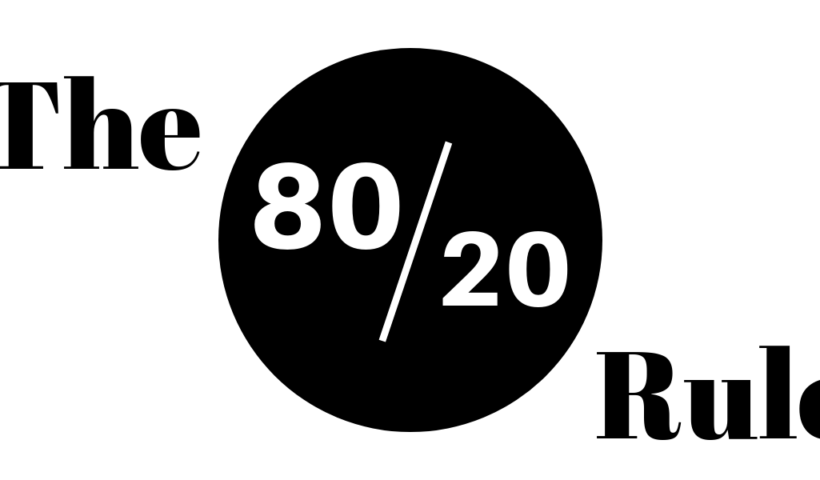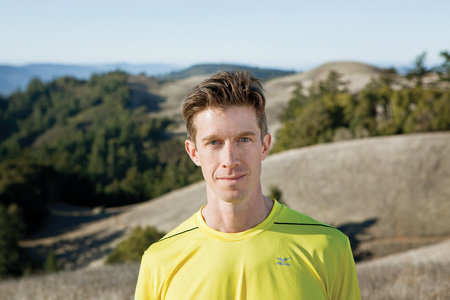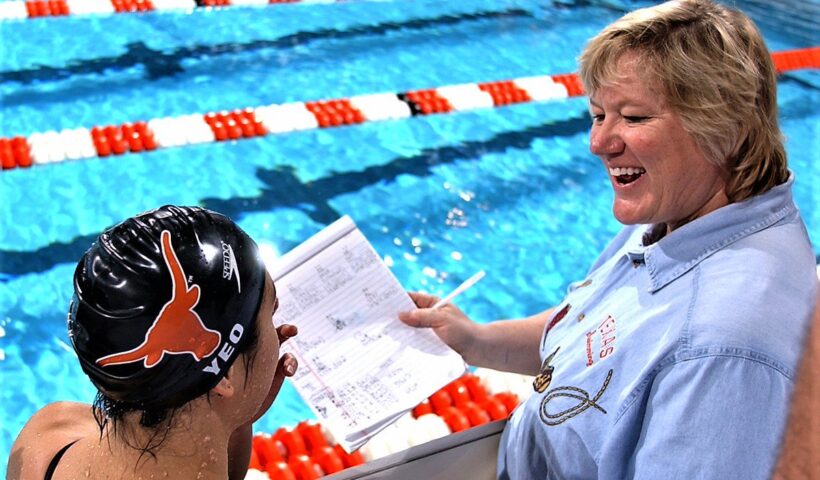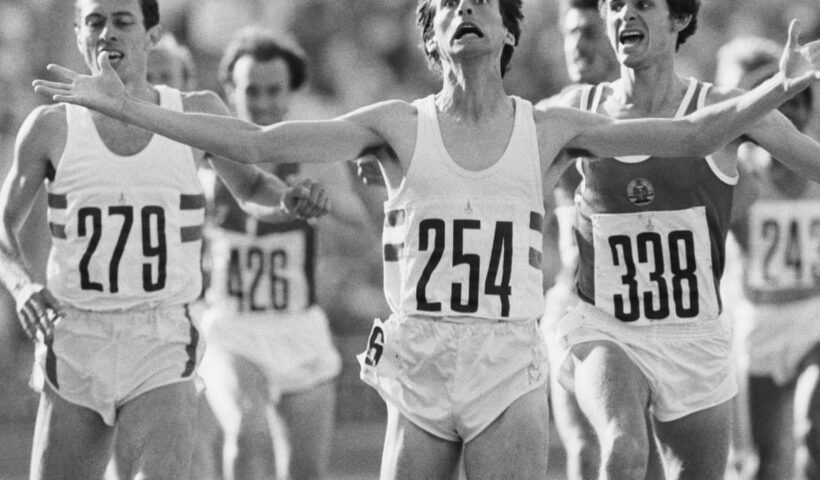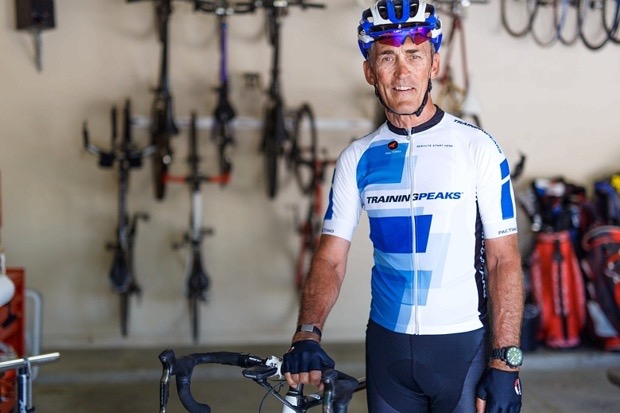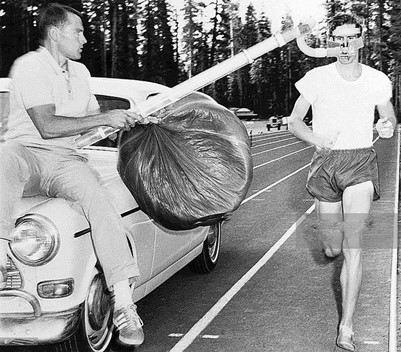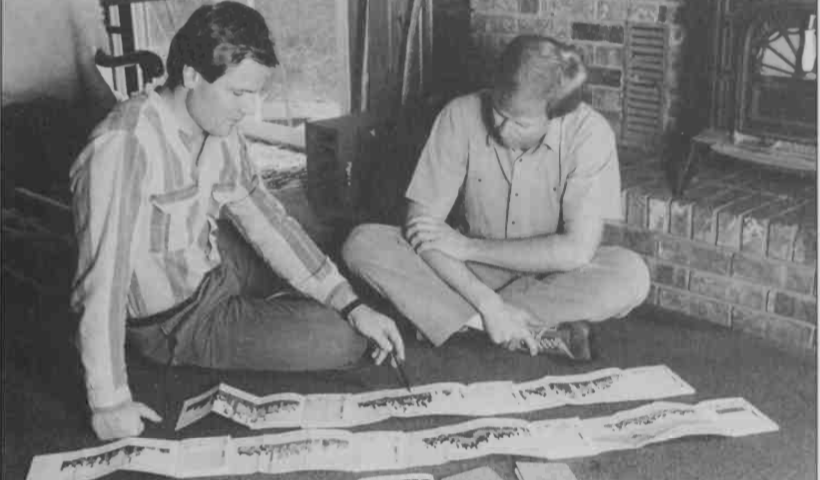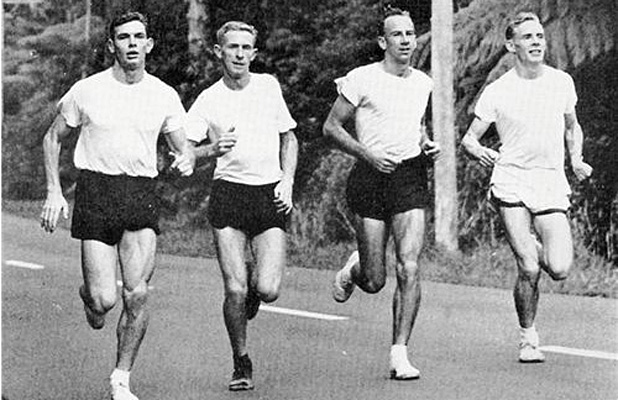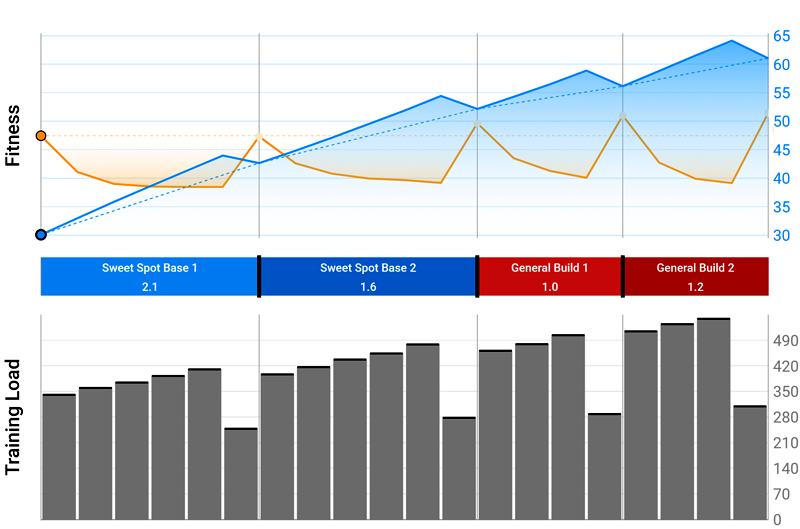Arguably Matt Fitzgerald’s most famous books about training derive their methodology from Dr Stephen Seiler’s research. 80/20 Running and 80/20 Triathlon are immensely popular books. This is a summary of the periodisation concepts from them.
View More Periodisation in an 80/20 Triathlon or Running WorldTag: Periodisation
Matt Fitzgerald’s High Tech Periodisation for a Runner’s Edge
Matt Fitzgerald has written numerous books around enhancing performance for both runners and triathletes. In his The Runner’s Edge book that he wrote with Stephen McGregor he describes using TrainingPeak’s Performance Management Chart (PMC) to manage periodisation and also optimise performance.
View More Matt Fitzgerald’s High Tech Periodisation for a Runner’s EdgeJill Sterkel’s Periodisation for Swimmers
This weeks instalment in my series of articles about periodisation looks at how swim coaches apply methodologies around periodisation principles. Jill Sterkel was the Woman’s Head Swimming and Diving Coach for the Texas Longhorn’s at the University of Texas at Austin for 16 years in the 90’s and 2000’s. She was also a gold medal winning Olympian in 1976 in Montreal and also achieved two bronze medals in the 1988 Seoul Olympics. Jill Sterkel wrote the chapter on Long- and Short- Range Planning in The Swim Coaching Bible that is endorsed by the World Swimming Coaches Association.
View More Jill Sterkel’s Periodisation for SwimmersMartin & Coe’s Better Periodisation for Distance Runners
Peter Coe started out dissatisfied with the coaching advice Sebastian was receiving from his local club (this was based around the methodologies for Arthur Lydiard). Fluent in German, Coe senior translated the books of prominent German coach Woldemar Gerschler. Gerschler was a pioneer and proponent for Interval Training back in the 1930’s. His methodologies called on a pace “so fast that the pace required in competition would seem moderate and achievable”, and this is a key principle that Coe senior used to build the fitness of Sebastian Coe to win Olympic gold medals in the 1,500m in both Moscow and Los Angeles, combining that with silver medals in the 800m in the same Olympics.
View More Martin & Coe’s Better Periodisation for Distance RunnersJoe Friel’s Bible for Periodisation
Joe Friel’s Bible for Periodisation
Joe Friel is an elite level triathlon and cycling coach who has literally written the bible on training for both sports. He has a Master’s Degree in Exercise Science and has coached Olympian’s and Ironman champions.
Jack Daniels’ PhD, Formulaic Approach To Periodisation
Jack Daniels PhD, is an iconic American Running coach, whose successful series of books Daniels’ Running Formula now in its Fourth edition has become my bible when planning or periodising an athletes season. Jack Daniels competed and medalled at both the Melbourne and Rome Olympic Games in 1956 and 1960 respectively, as well as being named the World’s Best Coach by Runner’s World. The overriding philosophy of the Daniels’ Running Formula is establishing intensities using the V-Dot system, this article will brush over that with the focus being on how he periodises or structures a season plan into different phases.
View More Jack Daniels’ PhD, Formulaic Approach To PeriodisationRob Sleamaker’s SERIOUS Periodisation
Rob Sleamaker is a sports physiologist with a Masters of Science (MS) degree who developed his SERIOUS Training System back in the 1980’s. This is more holistic approach to training, where his overview targets, not just Physical Preparation, but also Technique, Nutrition, Equipment and Mental Skills to develop overall Optimal Performance. The focus of this article is on Sleamaker’s physical preparation concepts in particular how he periodised his seasons.
View More Rob Sleamaker’s SERIOUS PeriodisationPeriodisation The Lydiard Way
Arthur Lydiard was the fore-father of periodisation in run training. He developed his own methodologies in the 1950’s and 60’s that lead to his athletes winning a range of Olympic medals from the 800m through to the marathon with Murray Halberg, Peter Snell, Barry Magee and John Davies. Arthur’s methodology is often misquoted or interpreted wrong. He was well known for long runs for ALL his athletes and this is what he is most often remembered for, but he was equally insistent on speed work. Let’s have a look at his methodology.
View More Periodisation The Lydiard WayThe Smaller the Base, The Smaller the Peak: How to Get the Most Out of Your Aerobic Base
Building fitness requires a combination of a number of different fitness elements. Depending on the nature of the event you are training will determine how much of each different element. But one thing remains the same, the bigger you build your base fitness the higher your peak can be. If you scrimp on the base training, your peak fitness will be compromised. Speed-work is essential for developing your peak fitness, but unless you are building it on a foundation of base training it’ll never be as high as your physical potential will allow.
View More The Smaller the Base, The Smaller the Peak: How to Get the Most Out of Your Aerobic BaseScience on Sunday: Effectiveness of Reverse vs. Traditional Linear Training Periodization in Triathlon
Traditionally periodisation (I use the English spelling of Periodisation in the article but when I’m quoting or referencing the original article I’m using the American spelling of the authors) for endurance athletes follows a linear type approach with the introduction of volume over time with intensity added later into the programme. I thought this would be an interesting article to look at the different approaches and the results.
View More Science on Sunday: Effectiveness of Reverse vs. Traditional Linear Training Periodization in Triathlon